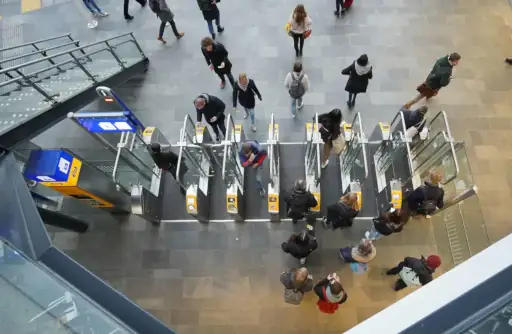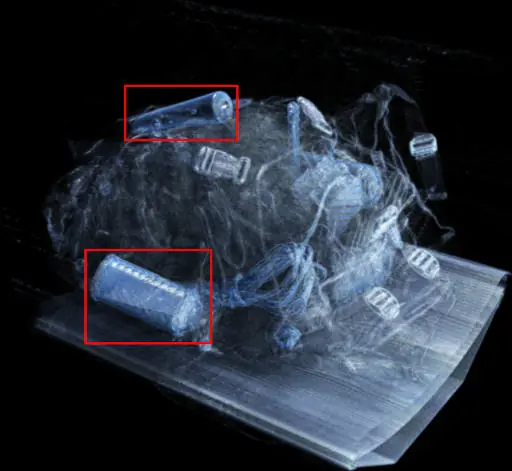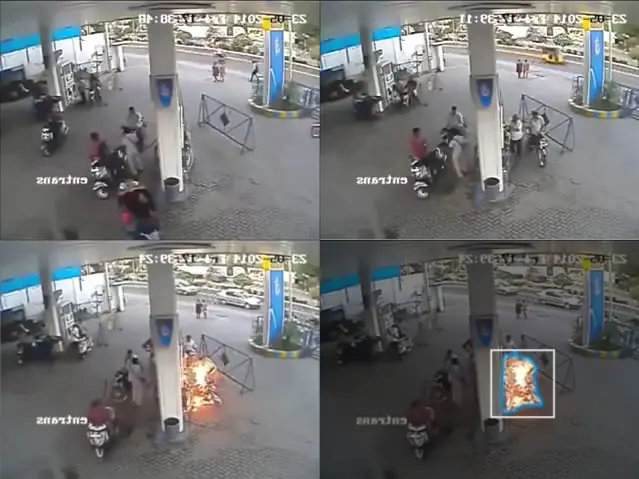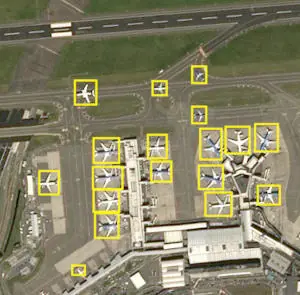AI & Deep Learning for Specialized Sensor Imaging
Expert computer vision solutions for security imaging systems delivering production-grade deep learning for threat detection and critical infrastructure protection.
Technical Challenges in Advanced Sensor Imaging
Developing AI and deep learning for specialized sensor imaging presents unique challenges where conventional computer vision methods reach their limits quickly.
Performance Requirements
Mission-critical applications demand exceptional detection rates with minimal false alarms in real-time operational environments.
Low Signal-to-Noise Scenarios
Detecting faint signals buried in noise, where objects are barely distinguishable from background clutter or artifacts.
Domain Shift & Generalization
Models trained in controlled conditions often fail when deployed on different hardware, environments, or edge cases.
Our Technical Experience
Over a decade of AI and deep learning development in security imaging. We've built production-grade computer vision systems for specialized sensor modalities in threat detection and critical infrastructure protection.

Millimeter-Wave Security Scanners
Developing threat detection algorithms for airport security personnel scanners. Deep understanding of mm-wave imaging, algorithm optimization, and detection requirements.

X-ray & CT Security Screening
Object detection and classification in baggage screening systems. Experience with overlapping objects and threat identification in cluttered environments.

CT Object Detection
Algorithm development for 3D volumetric analysis in security CT systems. Handling artifacts, limited contrast, and computational constraints in real-time screening.

Anomaly Detection in Video
Automated event detection in surveillance systems for security applications. Experience with rare event detection, temporal analysis, and minimizing false alarm rates.

Satellite & Aerial Image Analysis
Algorithm work on SAR and aerial imagery analysis, applying computer vision to diverse and challenging sensor data.
Where Our Expertise Applies
The AI and deep learning challenges we've mastered in security imaging—low SNR detection, domain adaptation, real-time constraints—appear across multiple industries where specialized sensor imaging requires custom computer vision solutions.
Security & Defense
Threat detection for airport security, border control, and critical infrastructure protection.
Industrial Inspection
Defect detection in thermal, hyperspectral, ultrasound, and X-ray NDT systems.
Medical Imaging
Algorithm development for MRI, CT, ultrasound, and digital pathology devices.
Geospatial & Remote Sensing
SAR and hyperspectral satellite imagery analysis for earth observation.
Autonomous Systems
Radar and LiDAR perception for robotics, vehicles, and drones.
Why AI for Specialized Sensor Imaging Requires Systems-Level Thinking
Developed through years of solving detection challenges in security imaging.
Computer vision with AI is well-established, with extensive open-source libraries and commercial solutions available for natural images. Specialized sensor imaging like radar, ultrasound, SAR, CT, and mm-wave is fundamentally different: pre-trained models don't transfer, generic augmentation strategies corrupt signal properties, standard validation metrics miss critical failure modes, and domain adaptation requires understanding sensor physics, not just data distributions. Success requires systems-wide expertise that goes far beyond applying existing computer vision tools.
What This Means: Building strategic frameworks for ambiguous ground truth where trained experts disagree on what constitutes a detection. Planning systematic data acquisition campaigns that capture operational variability while avoiding expensive redundancy. Implementing semi-supervised and pseudo-labeling techniques to drastically reduce annotation costs. Designing physics-informed augmentation strategies specific to each sensor modality—because generic augmentation libraries built for cameras acan ctively corrupt radar, ultrasound, and SAR signals.
Why It's Hard: Standard computer vision practices (ImageNet workflows, crowdsourced labeling, generic augmentation libraries) not only quickly reach their limits but can actively harm performance in specialized sensors. Success requires understanding the properties of your sensor, the physics of signal formation, and how deep learning architectures can be adapted for such complex and noisy data.
What This Means: Detecting unknown objects and threats never seen during training while maintaining low false alarm rates. Building domain adaptation techniques that handle performance drops when models are deployed on different hardware configurations, sensor calibrations, or environmental conditions. Bridging the sim-to-real gap by leveraging synthetic training data without degrading model performance—requiring careful domain alignment specific to each sensor modality.
Why It's Hard: The challenge isn't just "make the model generalize"—it's making it generalize to the right things (new threats) while staying robust to the wrong things (sensor variations, environmental changes). Sensor calibration drifts, temperature changes, hardware varies, environmental noise can all play their role to reduce performance compare to lab conditions. Generic transfer learning and domain adaptation techniques assume camera-like data distributions and fail to account for how sensor physics changes across contexts.
What This Means: Detecting faint signals buried in noise levels orders of magnitude higher than natural images—requiring custom model architectures, attention mechanisms, and training strategies designed specifically for low-SNR scenarios. Building validation frameworks that go beyond standard machine learning metricsto capture production reality: testing for operational conditions, distinguishing acceptable edge cases from true failures, and defining meaningful performance metrics when ground truth is inherently ambiguous.
Why It's Hard: Pre-trained models and standard CNN architectures trained on clean data simply don't work when signal-to-noise ratios are this low. Standard validation approaches assume well-defined ground truth and consistent data - both difficult to get for specialized sensor imaging. Solutions require custom architectures, physics-/sensor-informed processing, and validation frameworks built around the operational reality of your specific sensor and mission requirements.
The Bottom Line: Solutions requires systems-level AI expertise that connects sensor physics, image formation, data strategy, model engineering, and production validation as an integrated methodology.
Ready to Discuss Your Sensor Imaging Challenge?
Get in touch to explore how our AI and deep learning expertise can solve your specialized sensor imaging challenges.
Management Team
Experts who combine academic research foundations with deep industry experience.

Dr. Athanasios Karamalis
CEO & Founder
- PhD in Medical Image Analysis, TUM
- Former R&D Leader, Rohde & Schwarz (security imaging systems)
- 13+ years in mm-wave, radar, and specialized sensor computer vision

Dr. Tassilo Klein
Principal Scientific Advisor
- PhD in Medical Image Analysis, TUM; Postdoc at Harvard & MIT
- Former Principal Research Scientist, SAP SE (AI & Machine Learning)
- 12+years in vision, natural language processing (NLP); plus expert on large language models (LLMs)
For years we've been building and maintaining threat detection algorithms for airport security systems. Along the way, we've worked with major European airports and manufacturers through workshops and R&D projects, and we're also involved in publicly funded AI research. We're looking forward to bringing our expertise to your next challenge in specialized sensor imaging.